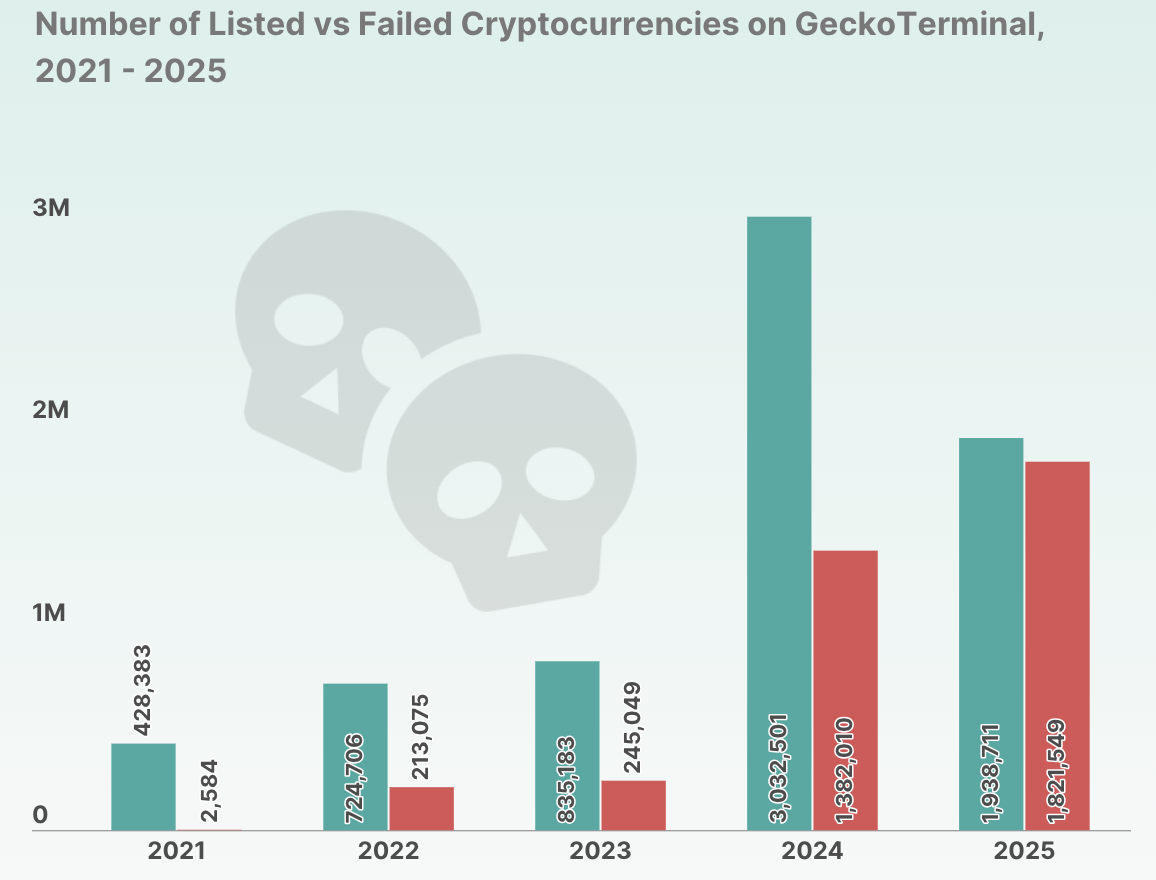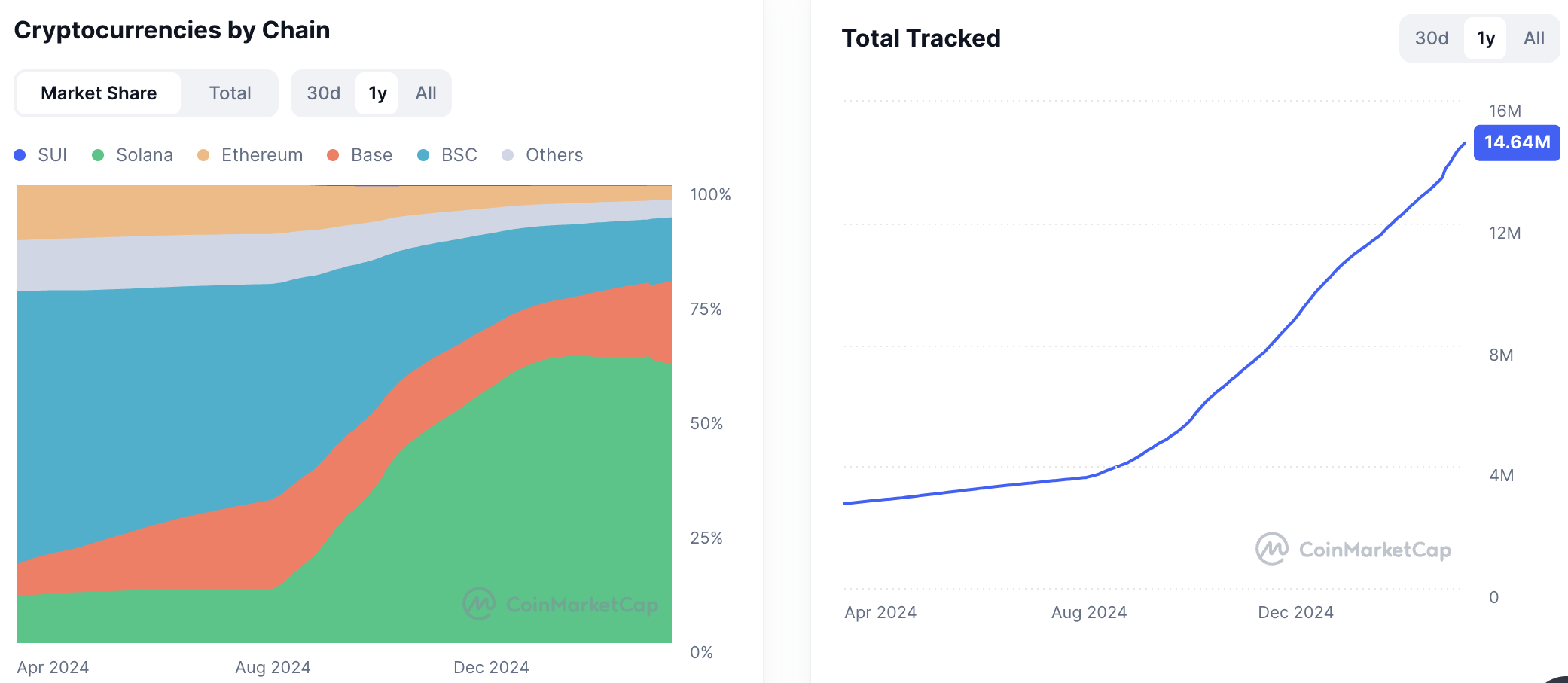Coinbase announced Verified Pools, a new service intended to attract institutional users. These liquidity pools will offer clients a secure way to take advantage of high efficiency and native on-chain infrastructure.
Liquidity pools, in general, offer many of the same advantages, but they do not have sufficient security assurances for major institutions. The exchange hopes to provide security and confidence with proactive measures like KYC and sanctions screening.
What are Coinbase’s Verified Pools?
Coinbase, one of the largest crypto exchanges in the US, has been actively expanding its services under the current pro-regulatory shift.
Today, the exchange announced the introduction of Verified Pools, an institutional-grade service to enhance on-chain trades and swaps.
“Verified Pools is a curated selection of liquidity pools available only with the Coinbase Verifications credential. Verified Pools is the next step in Coinbase’s commitment to advancing the onchain ecosystem and generating the next wave of onchain adoption,” the firm claimed via social media.
Coinbase’s Verified Pools hope to solve an important issue for institutional investors in the crypto space.
Specifically, how can retail users or traditional institutions participate in DeFi despite significant barriers around compliance, counterparty risk, and operational complexity?
Sketchy exchanges and business practices are epidemic in the industry, and these institutions need real assurances.
Through Verified Pools, Coinbase addresses several of these concerns. It ensures that all participants of a liquidity pool are identity-verified using Coinbase’s verification system
The whole platform is powered by Base, Coinbase’s Ethereum-centric L2 blockchain solution. This means that the service is natively on-chain and can benefit from smooth transactions while ensuring security, transparency, and accountability.
Verified Pools offer a few other attractive features for Coinbase’s institutional clients. For example, the pools are non-custodial, allowing users to maintain control over their assets.
In the main, however, the exchange is trying to offer liquidity pools with all their advantages to institutional traders, which is uncommon. The main benefits are inherent to pools in general.
In short, Coinbase’s Verified Pools can offer liquidity, efficiency, and transparency while prioritizing user security and confidence. Moving forward, the exchange plans to expand asset coverage and trading pairs, integrate more DEX aggregators, offer the service in more countries, and more.
The post Coinbase Launches Verified Liquidity Pools For Institutional and Retail Traders appeared first on BeInCrypto.







